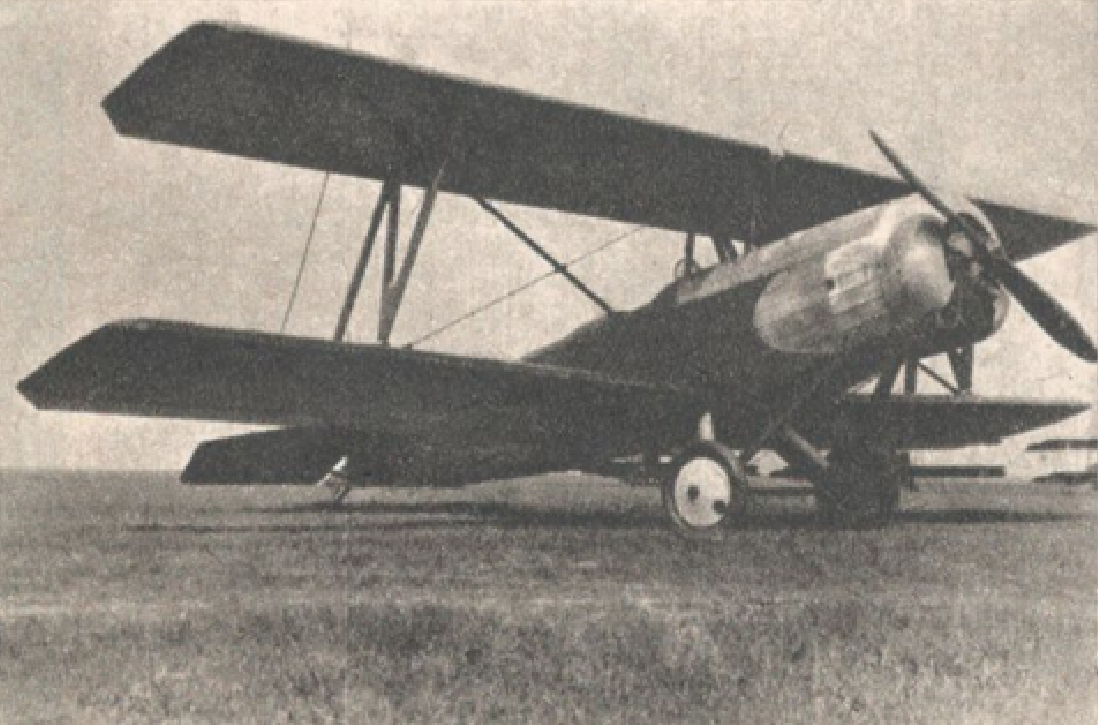Kraków 2020-02-22
Wielkopolska Wytwórnia Powietrzów SA “Samolot” Bartel BM-4.
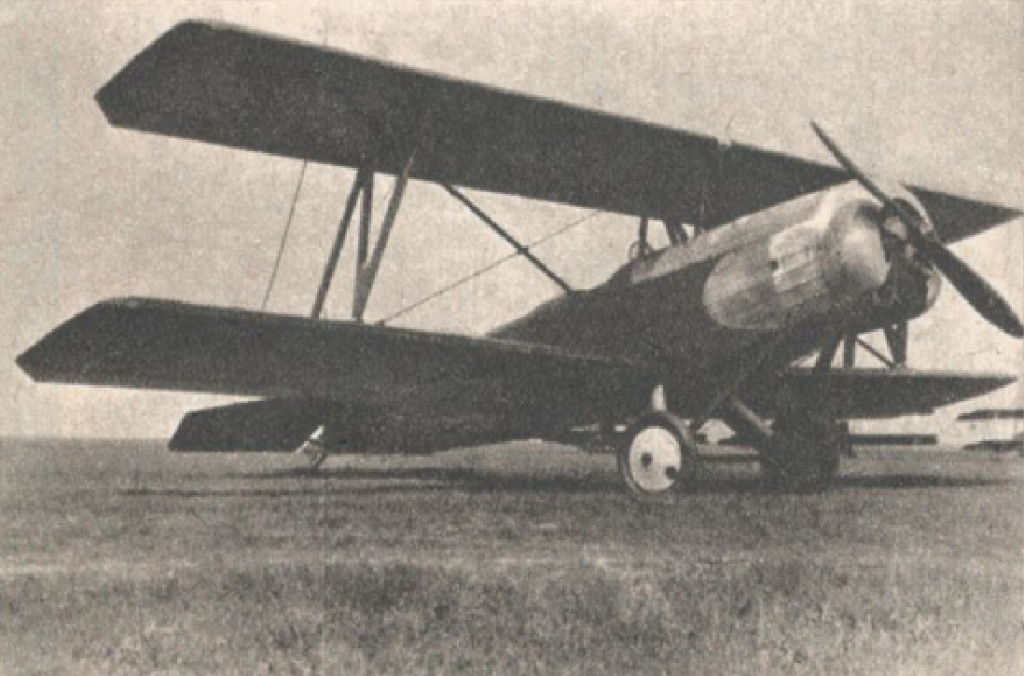
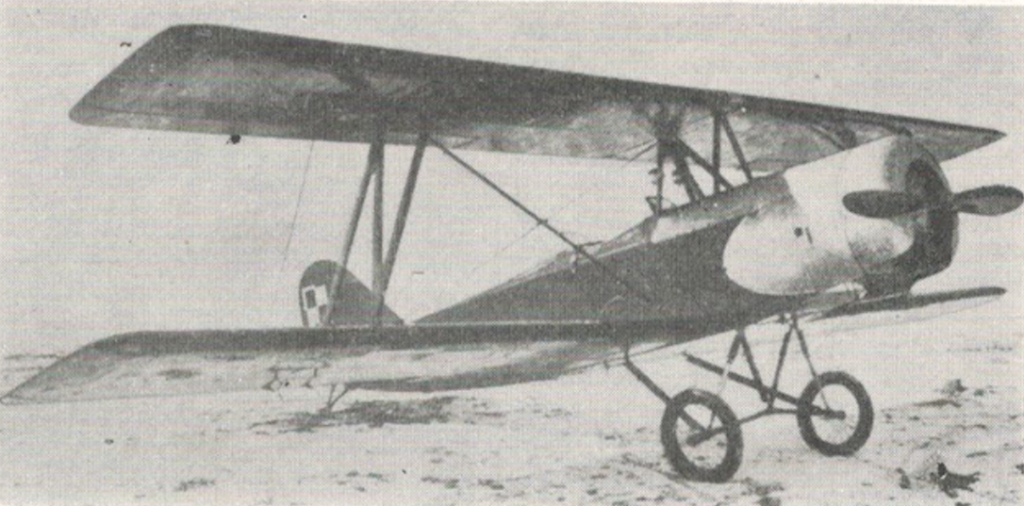
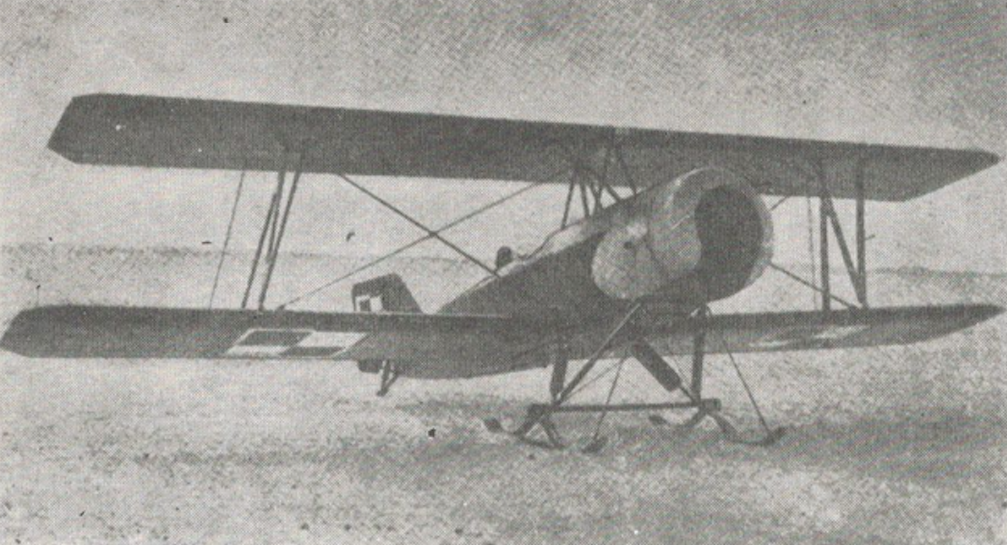
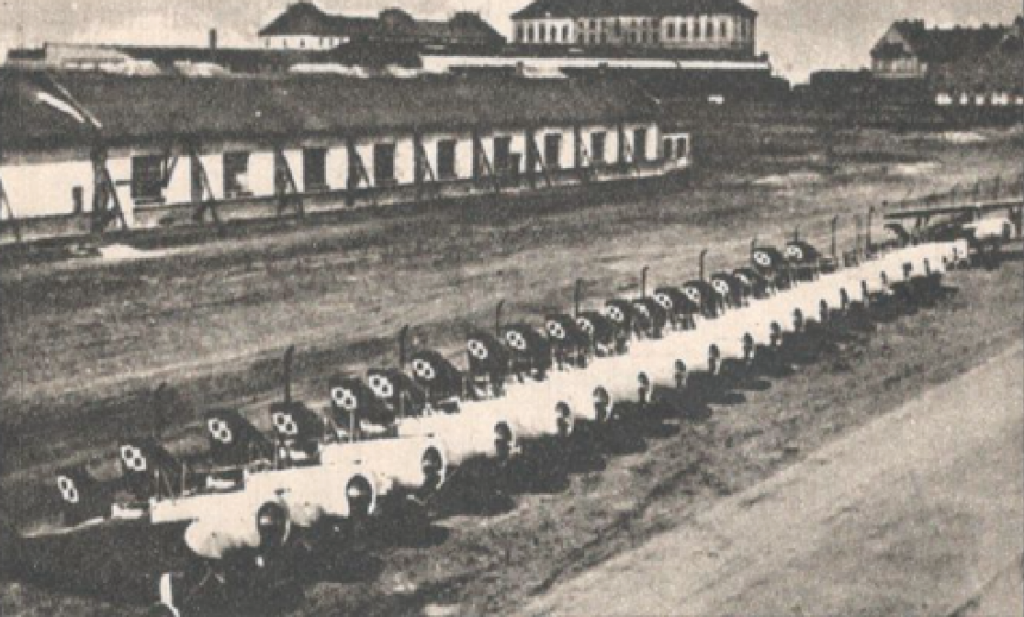
On August 11, 1923, a joint-stock company was established under the name Wielkopolska Wytwórnia Powietrzów – “Samolot”, which became the second company, after Zakłady Mechaniczne E. Plage i T. Laśkiewicz in Lublin, to produce aircraft in Poland. The company was established on the initiative of the president of the Polish Airmen’s Association – Czesław Wawrzyniak. On April 27, 1924, the ceremonial dedication of the factory took place with the participation of the President of the Republic of Poland, Professor Stanisław Wojciechowski.
Initially, the company was not located at the Ławica Airport. Its offices and design workshops were located in buildings between the airport and the city centre, approximately 3 km from the airport. Only later did the company receive workshops and a hangar at Ławica Airport, leasing them from the 3rd Air Regiment. Ultimately, WWS Powietrzne at Ławica Airport had an area of 12.5 ha. Initially, the company employed around 100 people. In 1925, there were as many as 500 people employed. From 1926, the number of employees decreased.
The managing directors were successively; engineer Piotr Tułacz, engineer Roman Rosinkiewicz, Kazimierz Nencki. The design office was run by engineer Piotr Tułacz, and from 1926, engineer Ryszard Bartel. It was after him that some designs were named Bartel BM.
One of the reasons for establishing the company was an order placed in 1923 by the Department of Air Navigation for a commercial aircraft. The design was the WZ-VIII-bis aircraft developed by engineer Ryszard Bartel. Władysław Zalewski. However, the construction of the prototype and the commencement of production did not take place.
The first aircraft built in the factory was the Hanriot-14, which was christened on February 22, 1925. The act was carried out by General Włodzimierz Zagórski. This was related to the order received by the WWS “Samolot” company in 1924 for Hanriot training aircraft. Semi-finished products delivered from France were used to build the machines. In the period 1925-1926, the company built 120 machines, which were initially designated HD-14, and a little later Hanriot H-28. The design office developed a sanitary version based on the Hanriot H-28, designed to transport one wounded (sick) person on a stretcher. The aircraft received the designation H-28s. 80 Hanriot H-19 aircraft were also built. In total, about 200 aircraft from France were built.
Initially, aircraft were built under French license. French methods of work organization were also used. The first own design of the plant was the SP-1 sports plane, whose leading designer was engineer Piotr Tułacz. The plane was built and first flown in July 1926.
In December 1926, another sports plane was built, this time under the management of engineer Ryszard Bartel. The plane was designated BM-2. The plane proved to be better than its predecessor. Already in 1927, an improved training plane was created, designated BM-4. The plant received an order for its serial production and in 1928, it made 22 machines. Bartel BM-4 planes were created in several engine versions. Also in 1928, the BM-5 plane was created, also intended for training. The plane was serially produced in the period 1929-1930.
Bartel BM-2.
The BM-2 aircraft made its first flight on December 7, 1926, after half a year of construction. The aircraft proved successful and it was planned to start its serial production. Ultimately, production was not started due to the next, better model.
Bartel BM-4.
The construction of the BM-4 prototype began in March 1927. The aircraft had identical wings to the Bartel BM-2. In addition, the upper and lower wings were interchangeable. Many components and materials were also unified. The Bartel BM-4 aircraft made its first flight on December 20, 1927. The pilot was Edmund Holodyński, who was a factory pilot at WWS “Samolot”.
The BM-4 aircraft proved to be better than the BM-2 and much better than the Hanriot H-28, which was produced at WWS “Samolot”. The BM-4 aircraft was stable, controllable and correct in flight. The aircraft did not tend to enter a spin. In March 1927, the BM-4 aircraft was presented at the Mokotów Airport. The aircraft underwent tests conducted by the Commission of the Department of Aviation and the Institute of Technical Research of Aviation. Ultimately, the BM-4 aircraft was accepted as an advanced training aircraft in the Polish Army.
The Bartel BM-4 aircraft was equipped with a radial engine “Walter” with an output of 85 HP. Such an aircraft was presented by the Polish Government to the King of Afghanistan – Aman-Ullach, during his visit to Poland in 1928.
Due to the large number of available rotary engines “Le Rhone”, with an output of 80 HP, the Polish Army ordered 22 Bartel BM-4 aircraft with these engines. The prototype BM-4a with the “Le Rhone” engine made its first flight on April 27, 1928. The aircraft was accepted for service on June 20, 1928. The aircraft were sent to military schools, and later also to Aeroclubs. About 75 aircraft were built.
Other versions of the Bartel BM-4 aircraft.
BM-4c with an engine by engineer W. Zalewski “Avia WZ-7”, with an output of 80 HP.
BM-4e also with a Polish engine by engineer F. Peter “Peterlot”, with an output of 85 HP.
BM-4f also with a Polish engine by engineer Nowkuński “G-594 Czarny Piotruś”, with an output of 100 HP. The aircraft was built in 1930 at PZL Warsaw.
BM-4g with a Gipsy engine, with an output of 105 HP. The aircraft was built in 1931, in PLL LOT workshops.
BM-4h with a Walter-Junior engine, with an output of 100 HP. The aircraft was built in 1931, and serially produced at the PWS plant in Biała Podlaska.
Bartel BM-5.
The Bartel BM-5 aircraft is a modernized Bartel BM-4 aircraft. The BM-5 aircraft was built in versions a/b/c. The BM-4 and BM-5 aircraft delivered to the Polish Army served in schools in Bydgoszcz and Dęblin and in the Navy Aviation in Puck.
In March 1930, another aircraft was built, designated BM-6, but its production was not resumed.
The WWS “Samolot” factory built about 20 aircraft per month. The maximum that could be built was 35 machines per month. After the fire at the WWS “Samolot” factory, a dozen or so aircraft were built outside Poznań. In total, about 75 Bartel BM-4 aircraft of all versions were built.
The construction of the Bartel MB-4 aircraft.
The Bartel BM-4 is a training and sports aircraft, two-seater, biplane, of wooden construction.
The wings are of wooden construction, interchangeable between the top or bottom position. The upper wings are moved forward in relation to the lower ones. Between the wings there are columns in the shape of the letter “N”, made of steel pipes, which have been profiled. The crossing is made of steel wires. The wing fittings are metal. The wings have a Bartel 37 II a profile, with a profile thickness of 15.8%. The wing covering in the front is plywood, the rest is covered with fabric. There are ailerons on all wings.
The fuselage of the BM-4 aircraft has a rectangular cross-section, and slightly rounded from the top. The front part of the fuselage is of a circular cross-section, made of sheet metal, which covers the engine. The engine bed is made of steel pipes and is attached to wooden stringers with fittings. Behind the engine there is a fuel tank with a capacity of 82 liters and an oil tank with a capacity of 7.5 liters. The engine space is separated from the fuselage by a fire partition made of aluminum sheet. Two-seater cabin. The controls are in both cabins. The on-board instruments are only in the first cabin. Some of them are on posts so that they are visible from the second cabin. The seats are adjustable and adapted to seat and back parachutes.
Classic tail made of steel pipes joined by welding. The covering is made of fabric.
Classic landing gear. The main landing gear wheels with a diameter of 0.70 m are mounted on a common axle. Shock absorbers made of rubber discs.
Engines in Bartel BM-4 aircraft.
BM-4a version – Rotary engine “Le Rhone”, with a power of 80 HP, at 120 revolutions per minute. The engine weight is 115 kg. Fixed, two-blade propeller, Szymański HT-2, made of wood using the gluing method. The propeller diameter is 2.55 m.
The BM-4b version received a radial, 7-cylinder engine, “Walter” with a power of 85 HP.
The BM-4c version with the engine of engineer W. Zalewski “Avia WZ-7”, with a power of 80 HP.
The BM-4e version also with the Polish engine of engineer F. Peter “Peterlot”, with a power of 85 HP.
The BM-4f version also with the Polish engine of engineer Nowkuński “G-594 Czarny Piotruś”, with a power of 100 HP. The aircraft was built in 1930 at PZL Warsaw.
BM-4g version with a Gipsy engine, with a power of 105 HP. The aircraft was built in 1931, in PLL LOT workshops.
BM-4h version with a Walter-Junior engine, with a power of 100 HP. The aircraft was built in 1931, and was mass-produced at the PWS plant in Biała Podlaska.
Data T-T Bartel BM-4a.
Wingspan 10.17 m. Length 7.22 m. Height 2.89 m. Lifting area 25 m2. Empty weight 538 kg. Total weight 791 kg. Fuel weight 65 kg. Maximum ceiling 3,750 m. Maximum speed 125 km/h. Landing speed 55 km/h. Climb time 9 minutes 40 seconds to 1,000 m. Climb time 23 minutes 20 seconds to 2,000 m.
Written by Karol Placha Hetman

